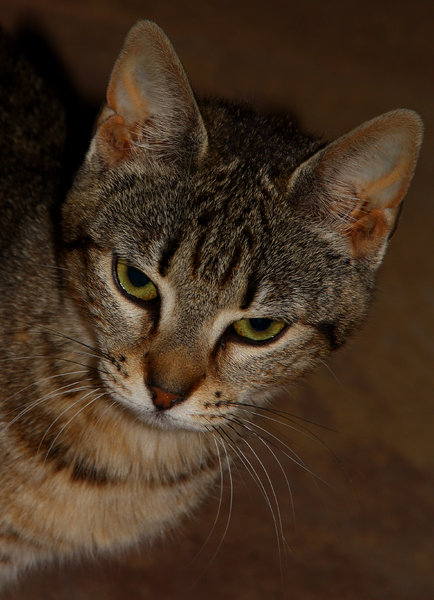
Cat litter and litter boxes play an essential role in the lives of both cats and their owners. From the simple starts of sand and soil to the ingenious advancements of today, the world of cat litter has developed considerably. In this detailed guide, we explore every element of cat litter and litter boxes, exploring their history, types, advantages, obstacles, and whatever in between.
The history of cat litter go back centuries, with ancient civilizations utilizing sand, soil, and even ashes as primitive litter products. Nevertheless, it wasn't till the mid-20th century that modern-day cat litter as we understand it emerged. In 1947, Edward Lowe presented the world's very first business cat litter made from absorbent clay, revolutionizing the method felines relieved themselves inside. Ever since, cat litter has undergone numerous transformations, with the introduction of clumping litter, silica gel litter, biodegradable options, and more.
Today, feline owners are ruined for option when it concerns choosing the best litter for their feline companions. Traditional clay litter remains popular for its price and efficiency in taking in odors. Clumping litter, which forms solid clumps when wet, streamlines cleansing and upkeep. Silica gel litter, composed of highly absorbent silica crystals, offers remarkable smell control and longevity. Biodegradable alternatives, such as recycled paper, wood pellets, corn, and wheat, interest ecologically conscious customers.
Each kind of cat litter provides unique advantages. Clay litter masters its capability to absorb wetness and control smells, making it a trustworthy option for many feline owners. Clumping litter cat litter streamlines everyday scooping and extends the time between total litter changes. Silica gel litter provides extraordinary odor control and can last longer in between replacements. Naturally degradable litters offer a sustainable option that reduces environmental effect.
While cat litter enhances indoor feline health, it is not without its difficulties. Dust from clay litter can position breathing dangers for both cats and humans, triggering the popularity of dust-free alternatives. Some felines may establish litter box aversion due to concerns with texture, fragrance, or cleanliness, requiring experimentation with different litters and box setups. Multi-cat households might need strategic litter box positioning and frequent upkeep to prevent territorial conflicts and ensure all felines have access to clean centers.
Selecting the proper litter box is important for promoting favorable litter box habits and general feline wellness. Factors to think about include size, availability, and design choices. Covered litter boxes provide personal privacy and help consist of odors, however some cats might find them confining or intimidating. Open-top litter boxes provide simple access and presence but may lead to more litter scatter. Automatic self-cleaning litter boxes improve upkeep however need regular monitoring and maintenance.
Correct litter box upkeep is essential for making sure a clean wood pellets cat litter and welcoming environment for both cats and their owners. Daily scooping eliminates waste promptly, reducing smell and discouraging litter box hostility. Regular litter replacement, generally every 1-2 weeks, avoids bacterial accumulation and maintains ideal absorbency. Extensive cleaning with mild detergent and water, preventing extreme chemicals that might hinder cats from using the box, need to be carried out monthly.
Cat litter and litter boxes play a central role in promoting a healthy and unified relationship in between cats and their human companions. With a diverse variety of litter alternatives and litter box styles available, cat owners have the flexibility to cat litter customize their options to match their felines' preferences and household needs. By comprehending the advancement, types, benefits, and challenges of cat litter and litter boxes, animal owners can offer their feline pals with a comfy and hygienic indoor environment.